It’s Spooky Season, my witches! And you know what that means: it’s time to grab a handwoven blanket, a cup of herbal tea, and a magical page-turner. Here are 15 books that you can read to get witchy. Some of these books are classics and others are new releases. Some are about straight-up witches, while others focus on healers and wise women. Some are novels, while others are essays and memoirs. All of them, though, are deliciously full of magic.
If you’re looking for guides to Paganism and real witchcraft, you can check out our books on witchcraft, Wicca, and Paganism here! Otherwise, enjoy these 15 books about witches and wise women.
Bless Me, Ultima by Rudolfo Anaya
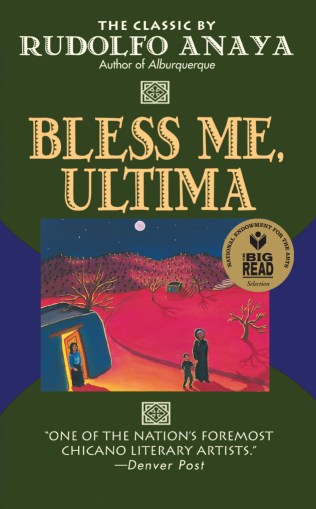
Antonio is a young boy living in New Mexico in the 1940s when he finds out that his community’s elderly curandera, Ultima, is coming to live with his family. Some people in Antonio’s community call Ultima a witch, while others revere her as a healer. Pushed by his mother to join the priesthood when he grows up, Antonio begins studying for his first communion, but with Ultima by his side, he begins to recognize God in the natural world, too.
Bless Me, Ultima is a story about Chicano magic and folklore, seen through the eyes of a child trying to learn his place in the world. More than that, though, it’s a fascinating meditation on the nature of violence, divinity, wisdom, and love.
Slewfoot by Brom
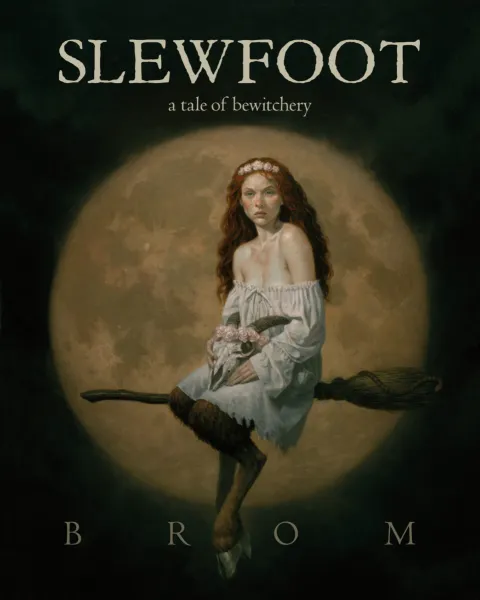
In Slewfoot, Agatha is a young woman trapped in Puritan New England, trying her best to tend her land and stave off her greedy and power-hungry brother-in-law. There are spirits lurking in the woods, though, and Agatha soon finds herself faced with a choice: do things by the book, or accept help from the wild and beautiful forces that her community denounces as diabolical. Not only is Slewfoot an engrossing horror novel—it’s got beautiful illustrations, too.
Goddess of Filth by V. Castro
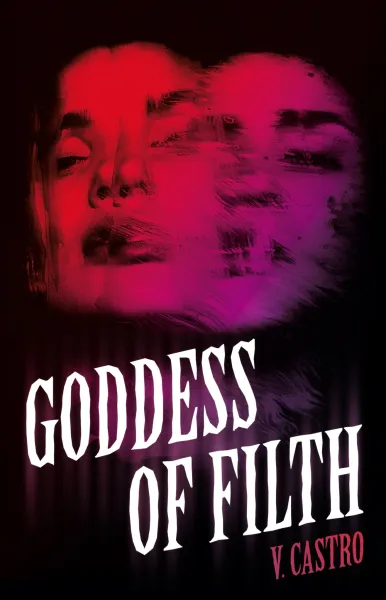
A group of teenage friends in Texas decide to pretend they’re the girls from The Craft and hold a seance. Their fun takes a diabolical turn, though, when a demon possesses the body of their bookish friend Fernanda, turning her into a snake-eyed, Nahuatl-speaking sex goddess. But is this “demon” really a force of evil, or an ancestral deity with unfinished business?
Goddess of Filth is a fun, breezy horror novel about the power of sensuality and the ways our worst fears can reveal empowering truths.
I, Tituba, Black Witch of Salem by Maryse Condé
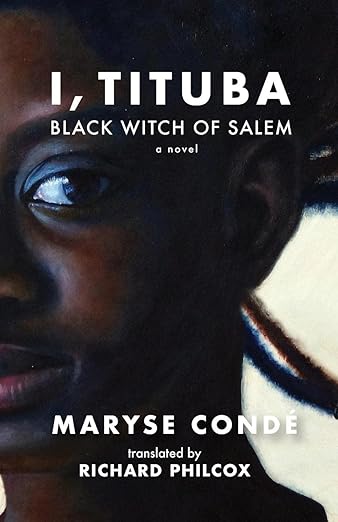
Behind the shocking story of the Salem witch trials is an often forgotten historical figure: Tituba, the Native woman accused of practicing witchcraft during the hysteria of 1692. Condé’s 1986 novel I, Tituba, Black Witch of Salem reimagines Tituba’s life, using her story to explore the racism and misogyny that’s foundational to American culture.
Women Who Run With the Wolves by Clarissa Pinkola Estés
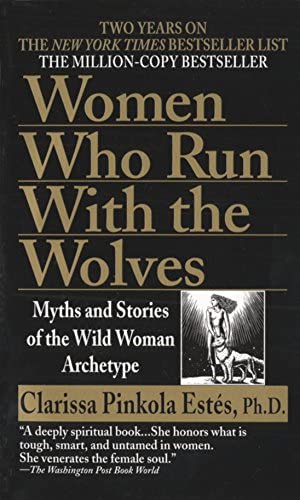
In this epic work of psychology, folklore studies, and feminism, psychoanalyst Clarissa Pinkola Estés combs through myths and fairytales to find the archetype of the Wild Woman. This book isn’t just a collection of analytical essays, though. It’s a sprawling, inspiring, and beautifully written guide to awakening the wild and untamed parts of yourself.
Long beloved by witches, feminists, and femmes straining against the lives society has dictated for them, Women Who Run With the Wolves is sure to awaken your deepest, most magical self.
Wise Child by Monica Furlong

Margit, nicknamed “Wise Child,” is orphaned and taken in by the local healer Juniper. At first, Wise Child is frightened—after all, Juniper has a reputation as a witch—but as she settles into life as Juniper’s apprentice, she learns about the hidden world of dorans, the wise folk who follow an ancient religion. As Wise Child comes into her own as a doran, though, her biological mother returns, luring Wise Child away with an evil magic of her own.
Wise Child and its two sequels, Juniper and Coleman, are rich and atmospheric stories about the legacy of healers, wise women, and folk magic workers in Britain. You won’t find a ton of drama and danger in these stories, but if you want to live vicariously through a young girl learning about herbs, flying ointments, and languages that reveal the hidden architecture of the cosmos, then Wise Child is the witchy trilogy for you.
Initiated: Memoir of a Witch by Amanda Yates Garcia
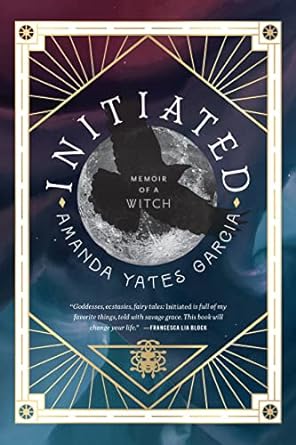
Before she was the Oracle of Los Angeles, Amanda Yates Garcia was a dancer and artist struggling against the strictures of patriarchy and misogyny. Filled with warmth and wisdom, Initiated chronicles Garcia’s journey as a witch from her first initiation into the Craft at the age of 13, to her emergence as a celebrated priestess, healer, and oracle.
Waking the Witch: Reflections on Women, Magic, and Power by Pamela Grossman
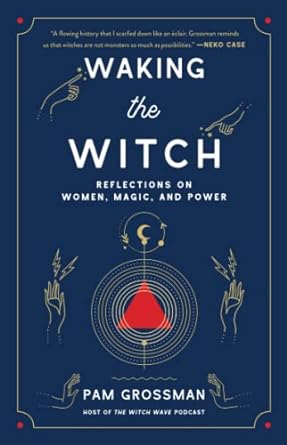
As you can tell from this list, witches and wise women have been a beloved part of storytelling and pop culture for generations. Waking the Witch, by The Witch Wave podcast host Pam Grossman, charts the path of the witch through folklore, books, film, televison, and more. If you want pop culture criticism about witchcraft from the perspective of a smart and seasoned practitioner, then Waking the Witch is for you.
Practical Magic by Alice Hoffman
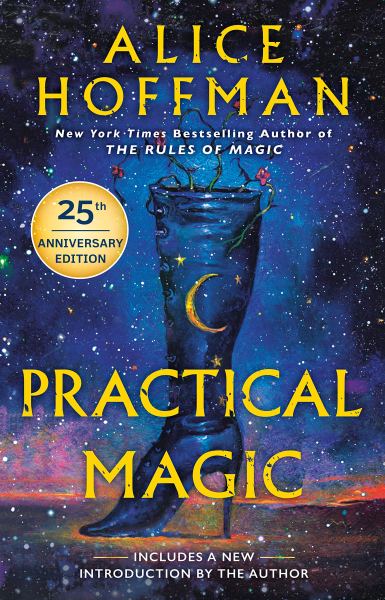
Maria Owens, a magic practitioner in the 17th century, curses her descendants after her lover breaks her heart: any man who loves an Owens woman is doomed to die. Over the next several hundred years, Owens women live witchy lives in their ancestral home, providing potions and other services to their communities, and trying to avoid falling in love. Practical Magic and its sequels aren’t perfect, but if you’re in the mood for light and dreamy stories about witches working magic and falling in love, then Practical Magic will feel like home to you.
Wicked: The Life And Times of The Wicked Witch of The West by Gregory Maguire
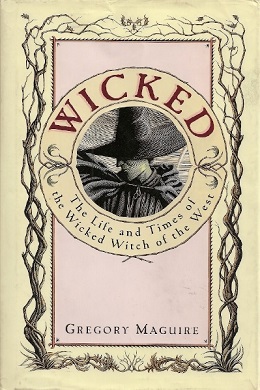
Years before Idina Menzel killed it as Elphaba in the Broadway production of Wicked, Gregory Maguire explored the infamous witch’s backstory in his critically acclaimed novel. Elphaba, born with green skin and razor-sharp teeth, attends Shiz University alongside the ambitious Galinda. Once there, Elphaba discovers that political tensions are tearing Oz apart.
Wicked takes readers on an epic tour of Oz, with world building that rivals Baum’s original vision. The novel explores the politics of the ruling classes, the oppression of sentient animals, and the mosaic of peoples who populate the land—with the ill-fated Elphaba at the center of it all.
Circe by Madeline Miller
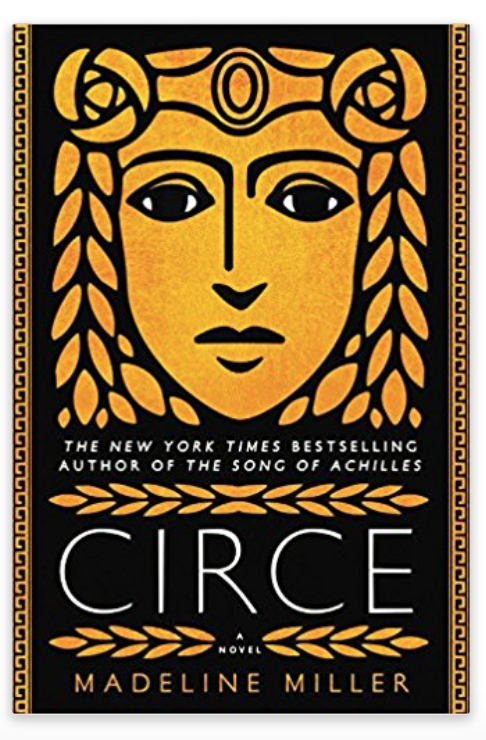
In Homer’s Odyssey, Circe is a malevolent witch who lives alone on an island and turns men into pigs. In Madeline Miller’s adaptation of the story, Circe is so much more. A goddess who’s reviled by her parents, Circe is exiled from the realm of the Titans after she teaches herself the art of herbal magic. Wounded by heartbreak and betrayal, but determined to build a life for herself, Circe spends centuries honing her craft while legendary gods and seafarers from Greek myth find their way to her home.
Myth and folktale adaptations can be hit or miss, but Circe is that rare retelling that manages to break the main character completely out of her mold. Circe is a vivid, lovable heroine you’ll root for from beginning to end.
Akata Witch by Nnedi Okorafor
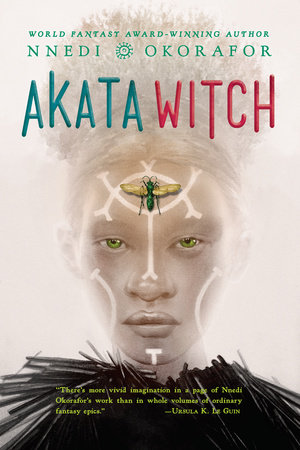
12-year-old Sunny has just moved from New York City to Aba, Nigeria, where she feels like she doesn’t fit in at all. Soon she finds out why: Sunny is actually one of the Leopard People, a secret group of magic workers. When Sunny looks into a candle flame and sees a vision of the end of the world, she and her new coven must set out and use their magic to stop a ruthless killer.
Nnedi Okorafor is a master world builder, and Akata Witch is an addictive blend of Nigerian folklore and Okorafor’s own expansive imagination. If you fall in love with Sunny and her coven, be sure to check out the rest of the books in the Nsibidi Scripts series: Akata Warrior, The Scenic Route, and Akata Woman.
The Witch Boy by Molly Ostertag
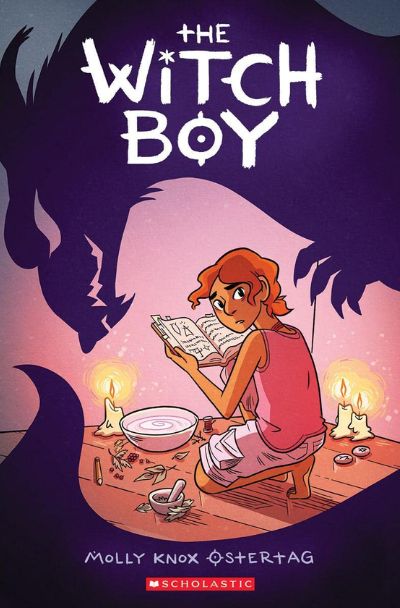
Aster is part of an extended family of magic practitioners who live in the woods. But that family has strict rules: the men are shapeshifters who transform into animals, while the women learn spells and practice witchcraft. But what happens when a boy wants to learn spells like the girls? Aster finds out the answer firsthand when he realizes that he’s a witch at heart.
A warm and gentle allegory about gender—not to mention a beautifully drawn graphic novel about magic—The Witch Boy and its two sequels explore friendship and family against a lush backdrop of herbs, amulets, and secret incantations.
The Book of Witches, edited by Jonathan Strahan
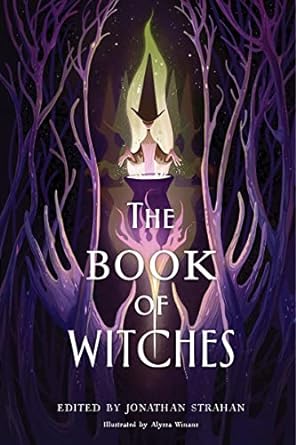
The Book of Witches is a rich—and massive!—anthology of stories and other writing by contemporary fantasy and science fiction writers about all manner of witches. “We’ve been called many things: Goddess, Visionary, Healer, Sorceress, Conjurer, Enchanter, Vixen, Harlot, Slut, Hag, Nasty,” writes contributor Linda D. Addison in “Seed of Power,” the poem that opens the collection. This collection is true to Addison’s words, exploring all the ways that witches manifest in our cultural consciousness. Like any anthology, the quality is a bit uneven, but entries by luminaries like Ken Liu, Cassandra Khaw, Garth Nix, and Amal El-Mohtar make this an essential collection for any witch’s library.
Becoming Dangerous: Witchy Femmes, Queer Conjurers, and Magical Rebels on Summoning The Power to Resist, edited by Katie West and Jasmine Elliot
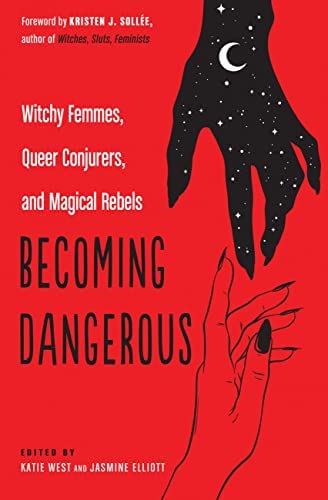
Real witchcraft—that is, the folk magic that ordinary people have used throughout history—has always been a tool of the marginalized and oppressed. Becoming Dangerous collects essays by today’s marginalized magic practitioners, who use everyday spells, talismans, and glamours to carve out spaces for themselves in a hostile world.
With essays by witchy luminaries like Maranda Elizabeth and Katelan Foisy, this collection shows that you don’t always need a full moon and an oak grove to be a witch.
(featured image: Sony Pictures)



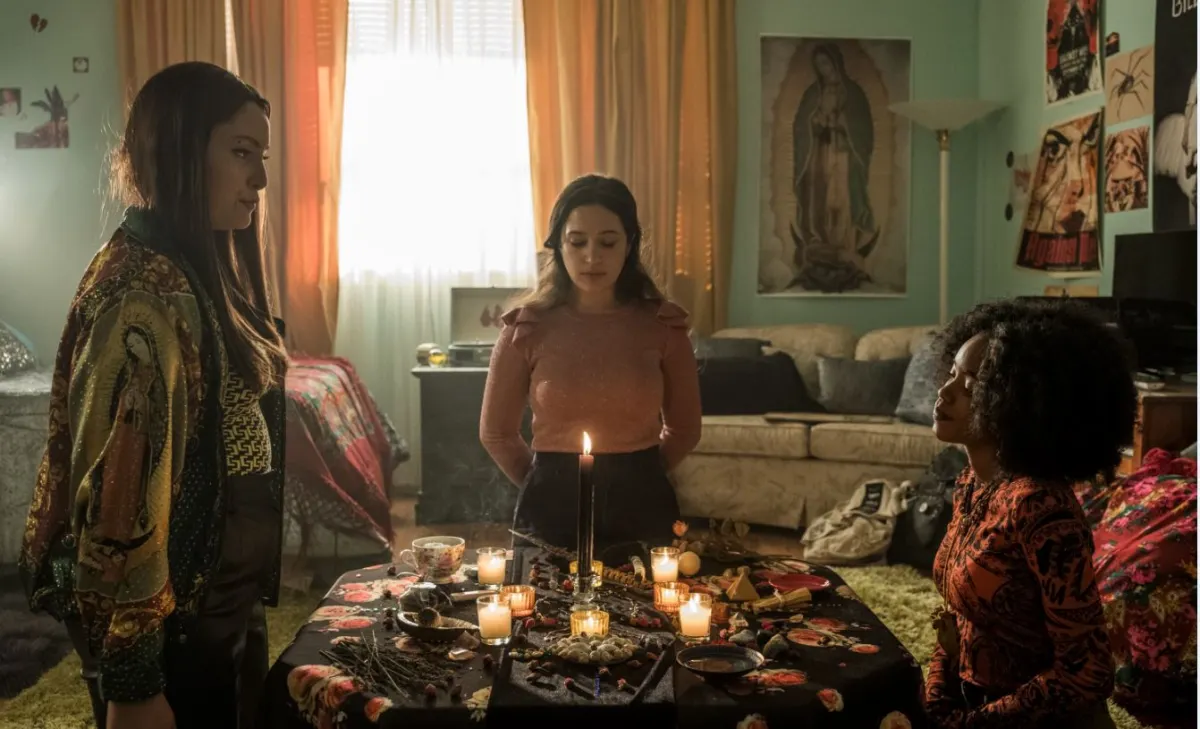






Published: Sep 28, 2023 08:49 pm